It's the Third Wave of Coffee here. Bravo!
Sit back, Relax and Enjoy your cuppa at Third Wave Coffee
Thanksgiving time in States and an almost weekend like vibe in the New Rain Capital of India - Bangalore. Be prepared for some serious coffee education and thus a long post first time ever!!
Since coffee was first discovered in Ethiopia more than 1000 years ago, the industry has experienced serious development and change. While the trends and innovations within the coffee industry are still progressing, there are three main periods - also known as coffee waves - that categorize this progress. Some of us have heard the term “Third Wave Coffee”. More about Coffee Chain by the same name a bit later 😊
The term Third Wave Coffee is often used by specialty cafes and roasters, but what about the first two waves? This coffeelogue will try & explain about each of the coffee waves: first, second, and third and also the emerging fourth wave!
What Are Coffee Waves?
Coffee waves refer to the period of time in the coffee industry which is characterized by significant developments that have transformed it. Each wave is linked to big developments that changed the way we perceive coffee and influenced the direction of the coffee industry.
First Wave
The first wave coffee is considered the most basic forms of coffee, which may be now considered as low quality. During this period, which started in the 1800s, businesses and brands did not focus on quality or transparency, and coffee was considered a commodity.
A major focus of the industry was convenience, and the importance was placed on quantity rather than quality.
There was no real connection between the bag of beans as a product and the coffee cherry, where it comes from, and no real interest in sourcing better quality beans, or differentiating coffee origins. This is also the time when entrepreneurs first saw the potential in coffee’s exponential growth and the market became commodity driven.
The development of instant coffee goes hand-in-hand with the focus on the convenience of the 20th century, when the American market developed quick and easy products like single-serve or frozen meals. During the first wave, the instant coffee giant Nescafe was also established, and almost one-third of imported coffee was processed into instant coffee.
The first wave coffee generally has a dark, bitter taste and doesn’t differentiate between brewing methods or the origin of the beans.
Second Wave
The second wave of coffee was triggered by the rise of Starbucks, which first opened its doors in 1971 in Seattle, US.
Moving away from the focus on mass production, coffee started to be seen and sold as an experience, rather than just a beverage. It is during the second wave that terms such as espresso and latte were established together, along with innovative espresso-based drinks coined by Starbucks like the Frappuccino.
The focus on the coffee drinking experience encouraged customers to view the physical cafe as a place to relax, meet up, and enjoy better coffee. Coffee lovers experienced a variety of drinks, and there was more attention paid to quality as well as the origin of the beans. But the dominant focus is still not the coffee itself; rather, it is the experience around the coffee.
The second wave of coffee is recognized as the start of the coffee shop culture, revolutionized by Starbucks, which drove the change for the rest of the world.
During the second wave, the industry started to recognize and focus the origins in which coffee derived. However, there was still more focus placed on the experience and the cafe culture rather than the coffee itself.
This market is dominated by primarily dark roasted coffee and a variety of espresso-based flavoured drinks, offering a massive range of choices for customers.
Third Wave
The third wave of coffee evolved from a small community in the 1980s that was highly focused on the coffee beans themselves. In 1982, the Specialty Coffee Association (SCA) was founded, giving a platform to this new approach.
The third wave can be seen as a response to the second wave, where the coffee culture was established, and there was now a desire to improve the quality of the coffee itself. The small movement grew in the upcoming decades and was quickly spread to Scandinavia: Denmark, Sweden, Norway, Finland & Iceland, Australia, Canada and the rest of the world. Rather than just ensuring a great cafe experience, there was more attention paid to every part of the process, including growing, harvesting, processing, sourcing, and brewing of coffee.
There was a shift from dark roasted coffee towards lighter roasts and other more delicate flavours, characteristic of the bean and the specific single origin. The coffee consumer turned to be more sophisticated, passionate about the taste as well as the experience. Now you know where I’m coming from!!
There was also more attention paid to sustainability, transparency about where coffee comes from, and micro roasting, as well as recognition of the importance of the brewing process, earning baristas the respect they deserve.
During the third wave, there was a significant rise in single-origin coffee, and the beans were recognized for their unique flavours such as acidity, sweetness, and tasting notes. The focus started shifting towards lighter roasts, freshly roasted beans, and manual brewing methods that uncover the nuanced flavour profile. Latte art was developed in the industry too and started being a common practice, with regular industry shows, awards, events, and brewing competitions.
Fourth Wave: Yes!! It’s brewing
The fourth wave of coffee is a controversial notion within the coffee industry. Some believe that the fourth wave of coffee started with the transformation of the approach to coffee from art to science.
The development started around 2010, in which there was closer science-like attention observation of roasting, extraction, origins, and varietals.
With regard to coffee brewing, many started studying the properties of coffee, including accurate measurements, chemical processes, optimizing water quality, and the involvement of CO2.
On the other hand, some coffee experts claim that these changes are not that significant to establish a whole new coffee wave and don’t transform the industry as much as the previous three waves.
Whether there is a fourth wave of coffee or not, the number of enthusiastic coffee drinkers drive innovation and development of the coffee industry like never before. Cheers to that!
Finally to : Third Wave Coffee Roasters and Café
Third Wave Coffee is the brainchild of three young coffee aficionados — Sushant, Ayush and Anirudh- who travelled across several Arabica coffee estates in Karnataka to find the perfect coffee brew for the Indian palate. The brand sources 100 % Arabica beans from 15+ different estates and curates high-quality, ethically sourced coffee accompanied by a thoughtfully put-together menu of savoury and sweet food products for its band of loyalists across its cafes.
Third Wave Coffee operates its own fully equipped centre where coffee beans are roasted, brewed, and developed into bespoke blends. The brand has fuelled in India, the ‘Third Wave movement’ that is dedicated to providing high-quality coffee brewed to perfection from farm to cup.
This Cafe Chain evolved as my second place, literally during the pandemic time.. Working from there most times, Coffee pit stops during my bike rides and my hosting place for all kinds of meetings: Friends, Family, Business
My favourite coffee here: BAARBARA ESTATE
• Origin: India
• Region: Chikmagalur, Karnataka
• Elevation: 1170-1600 masl
• Flavour Notes: Milk Chocolate, Raisin, Caramel
• Roasting : Medium Dark Roast
• Brewing Method : French Press
• Food Pairing : Pairs with Banana Walnut Tea Cake

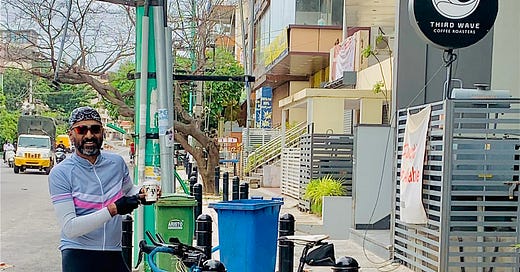



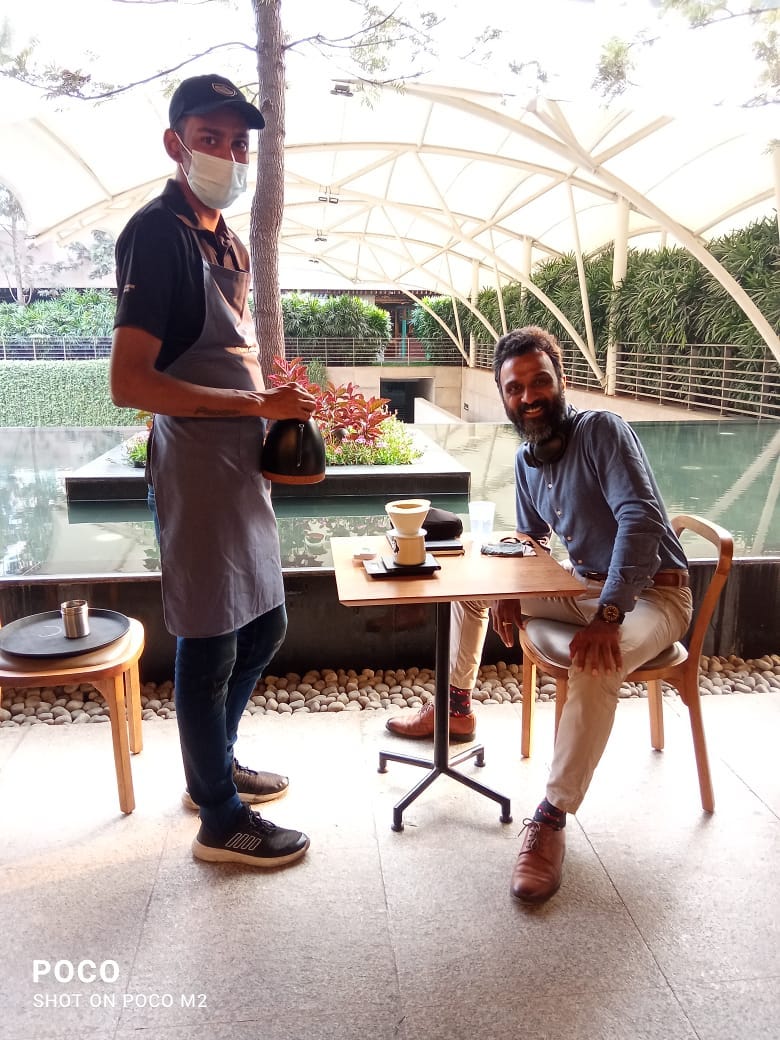
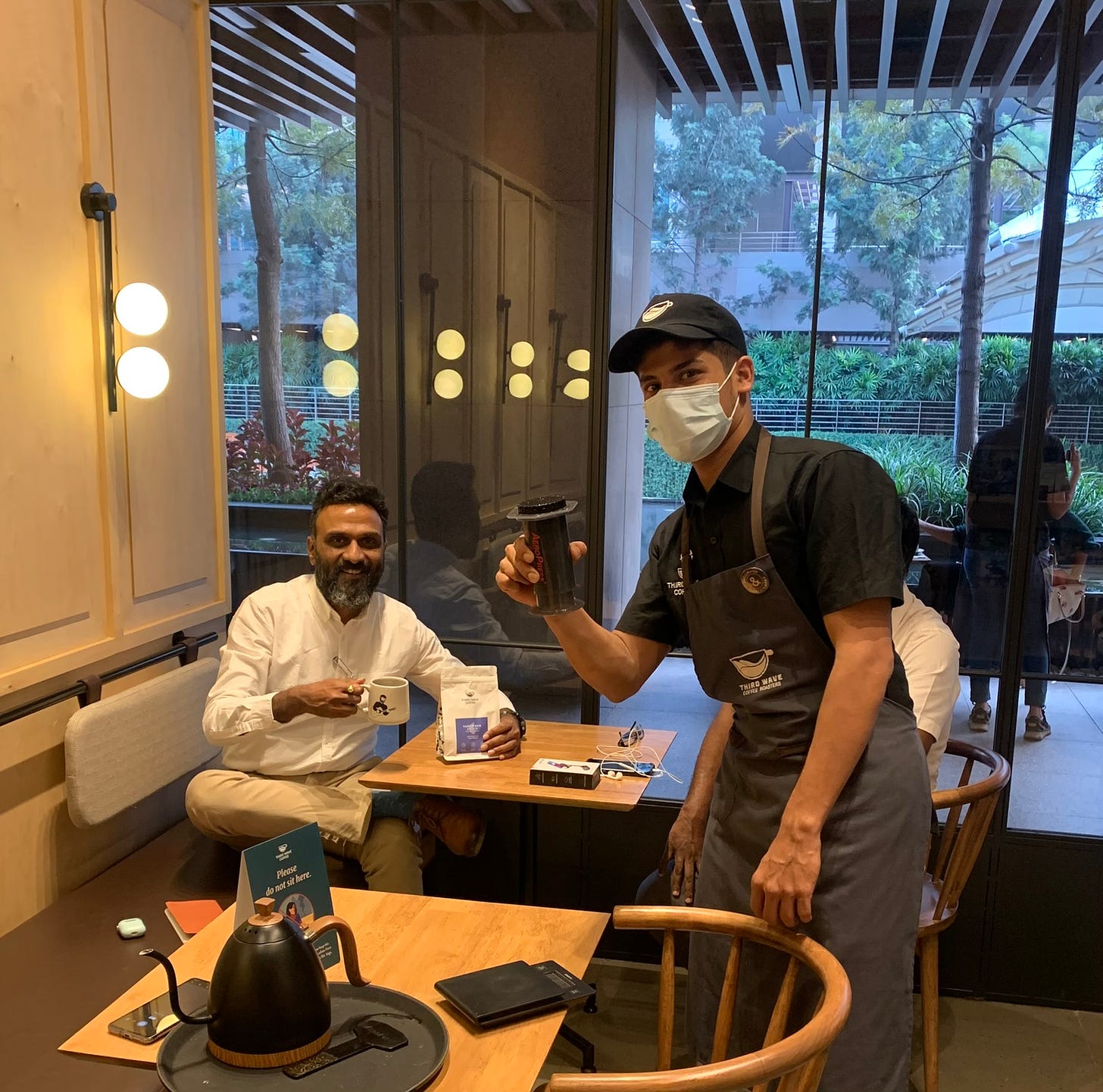
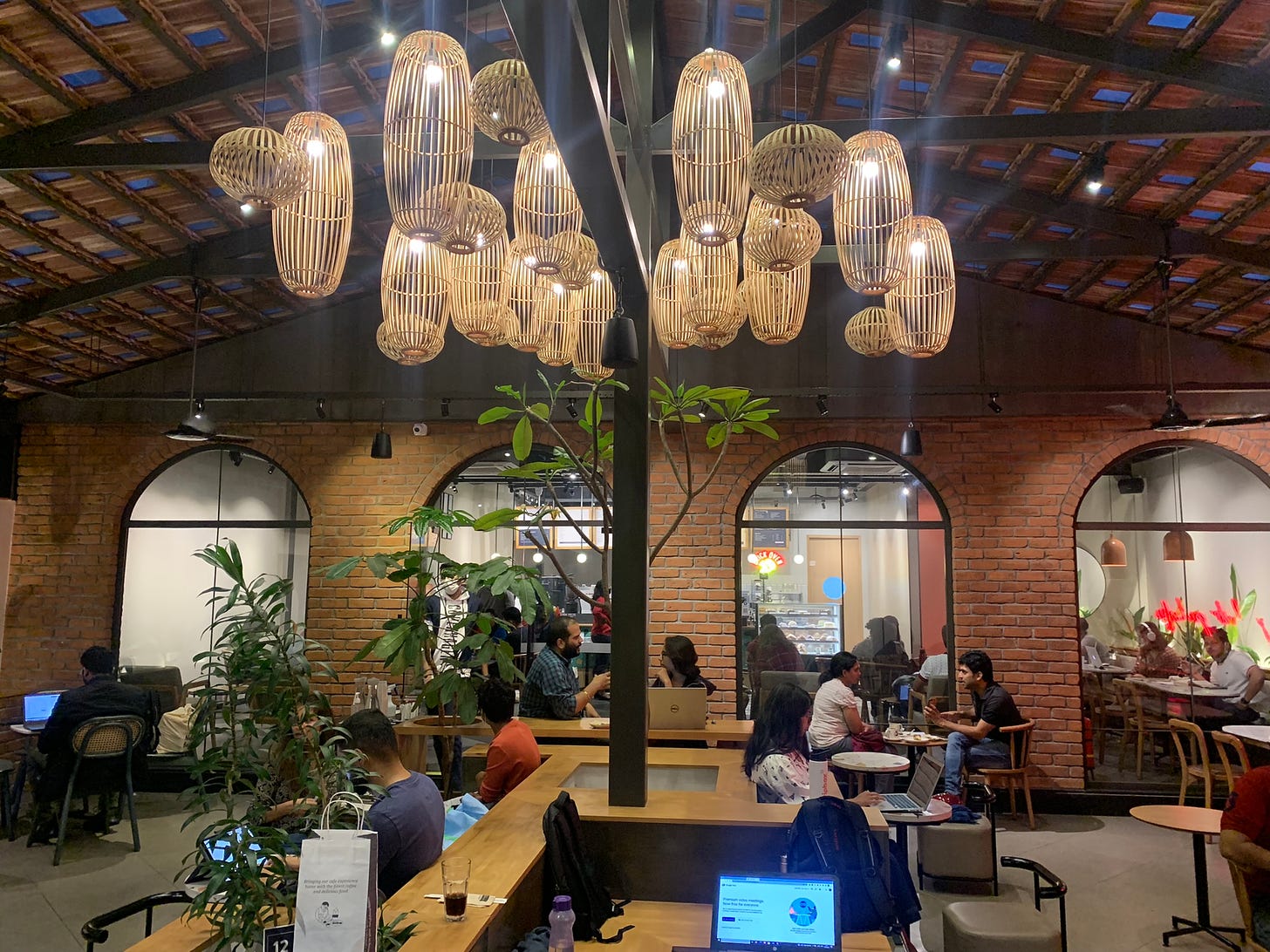
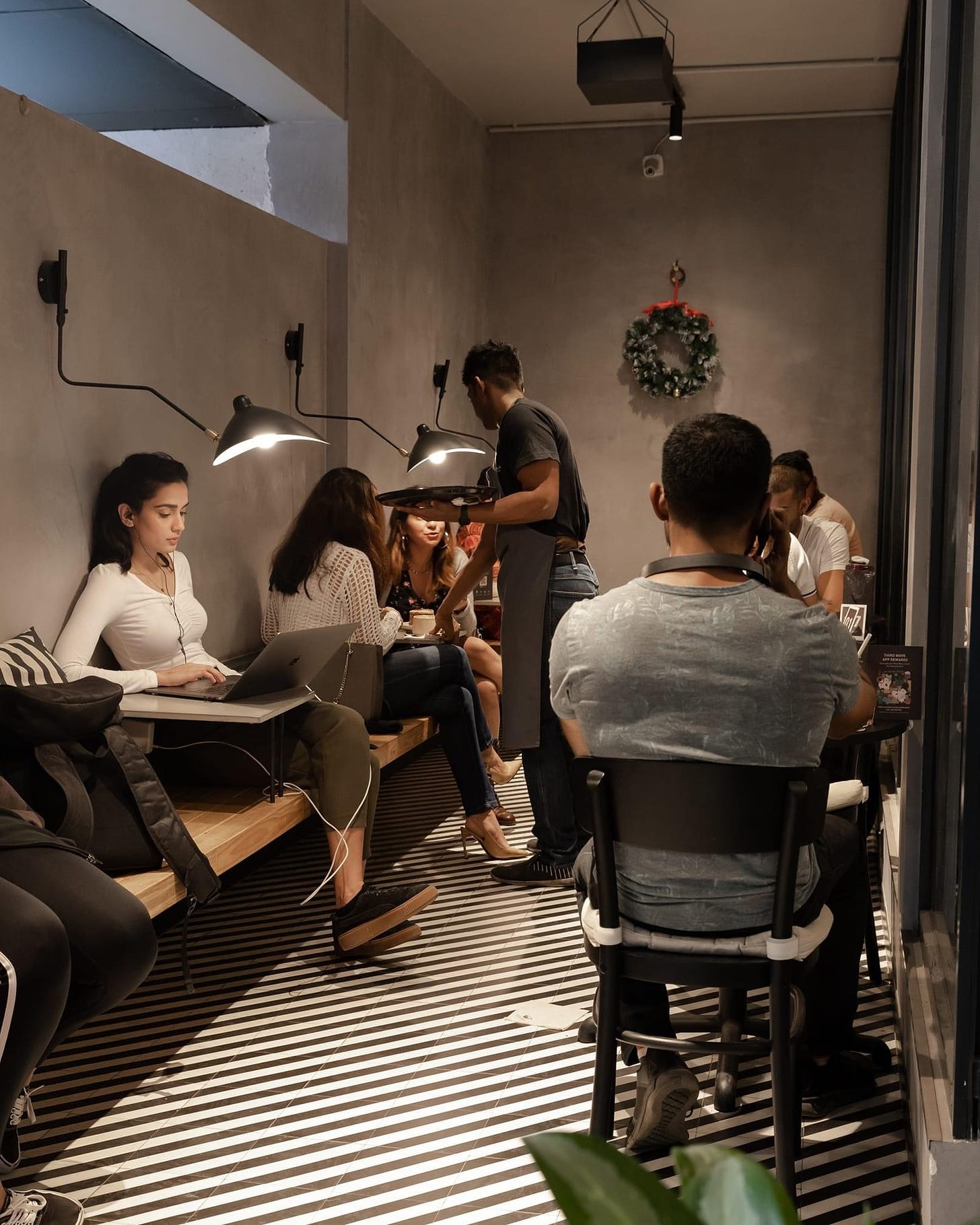
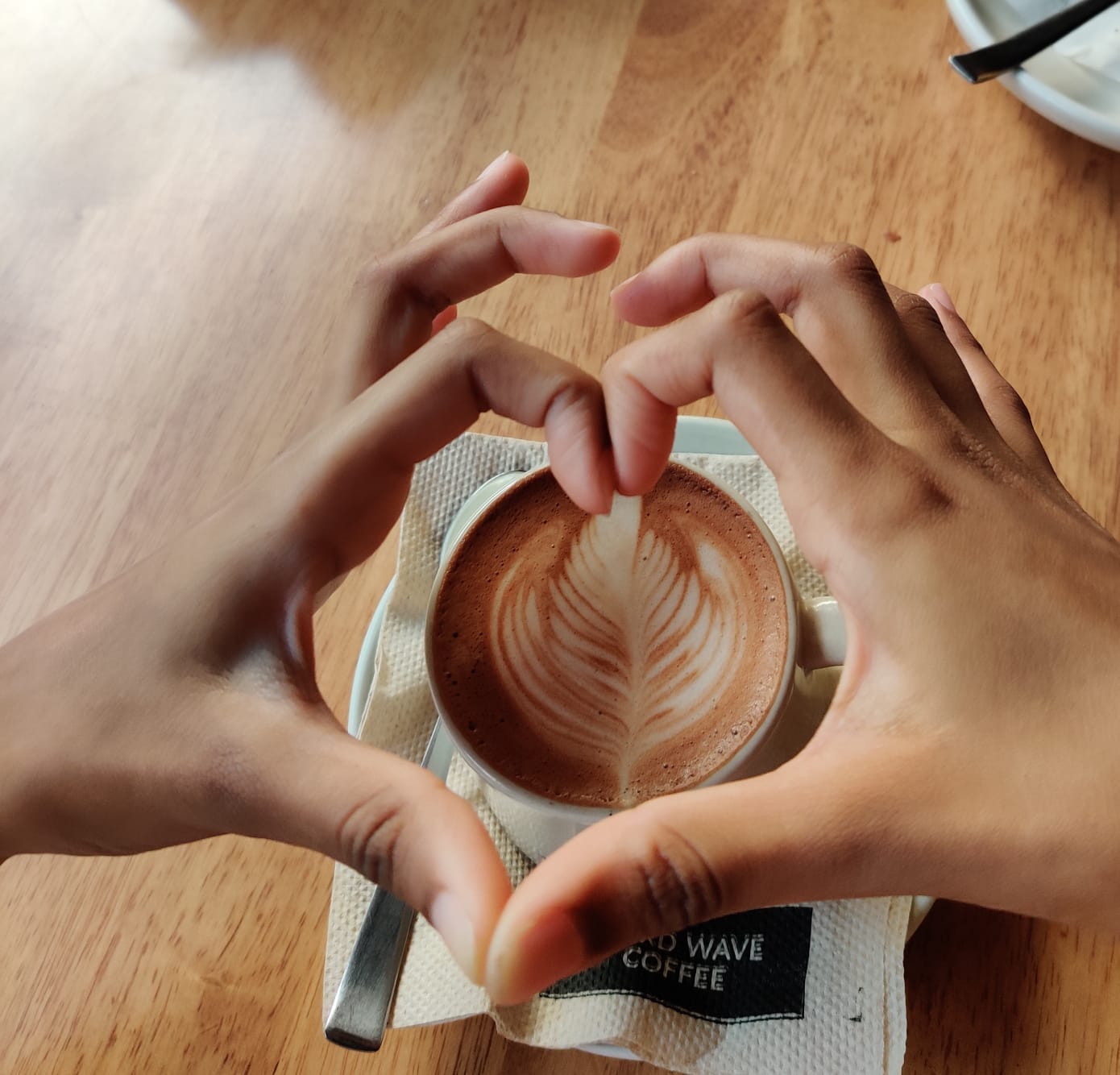
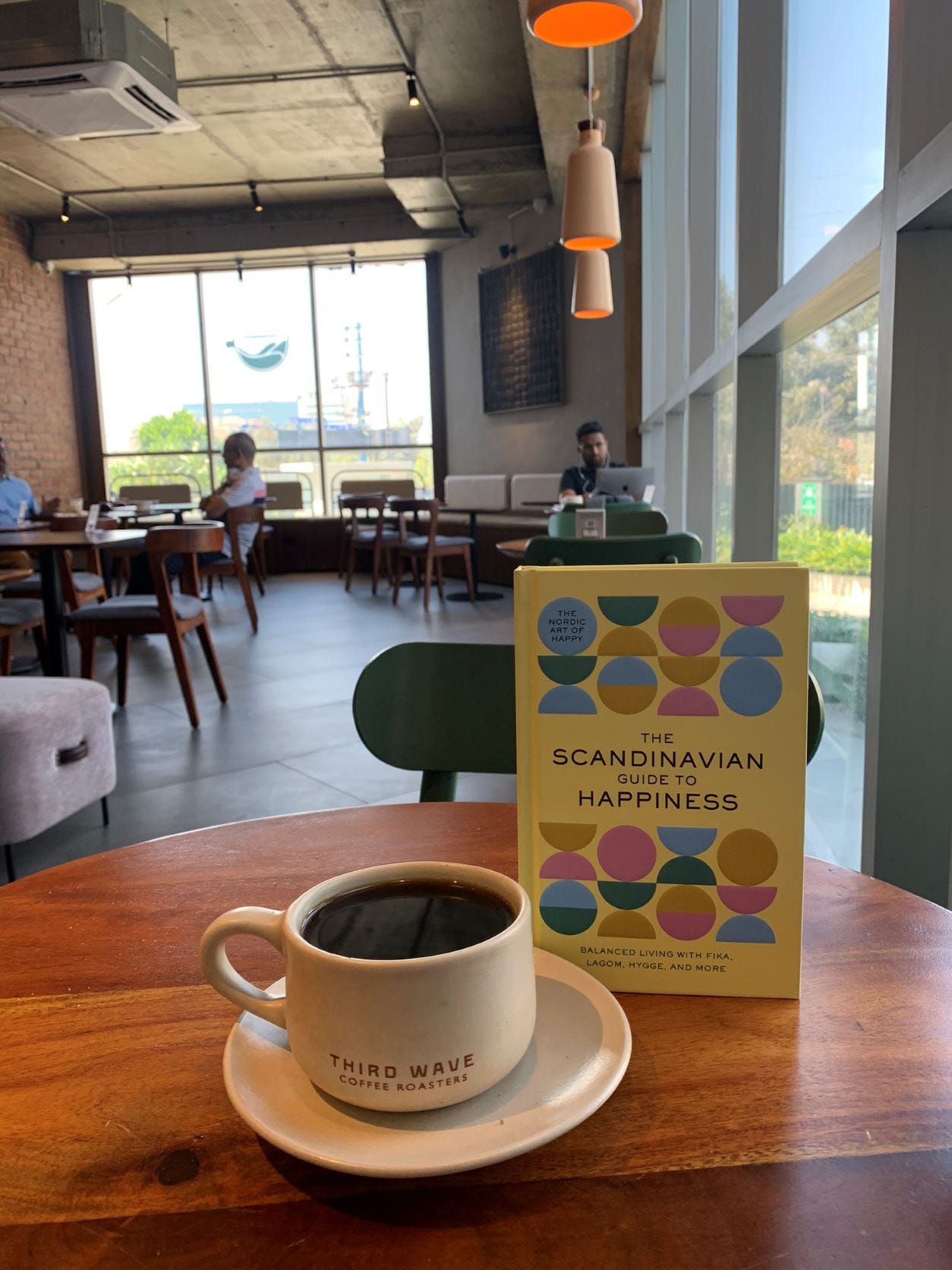

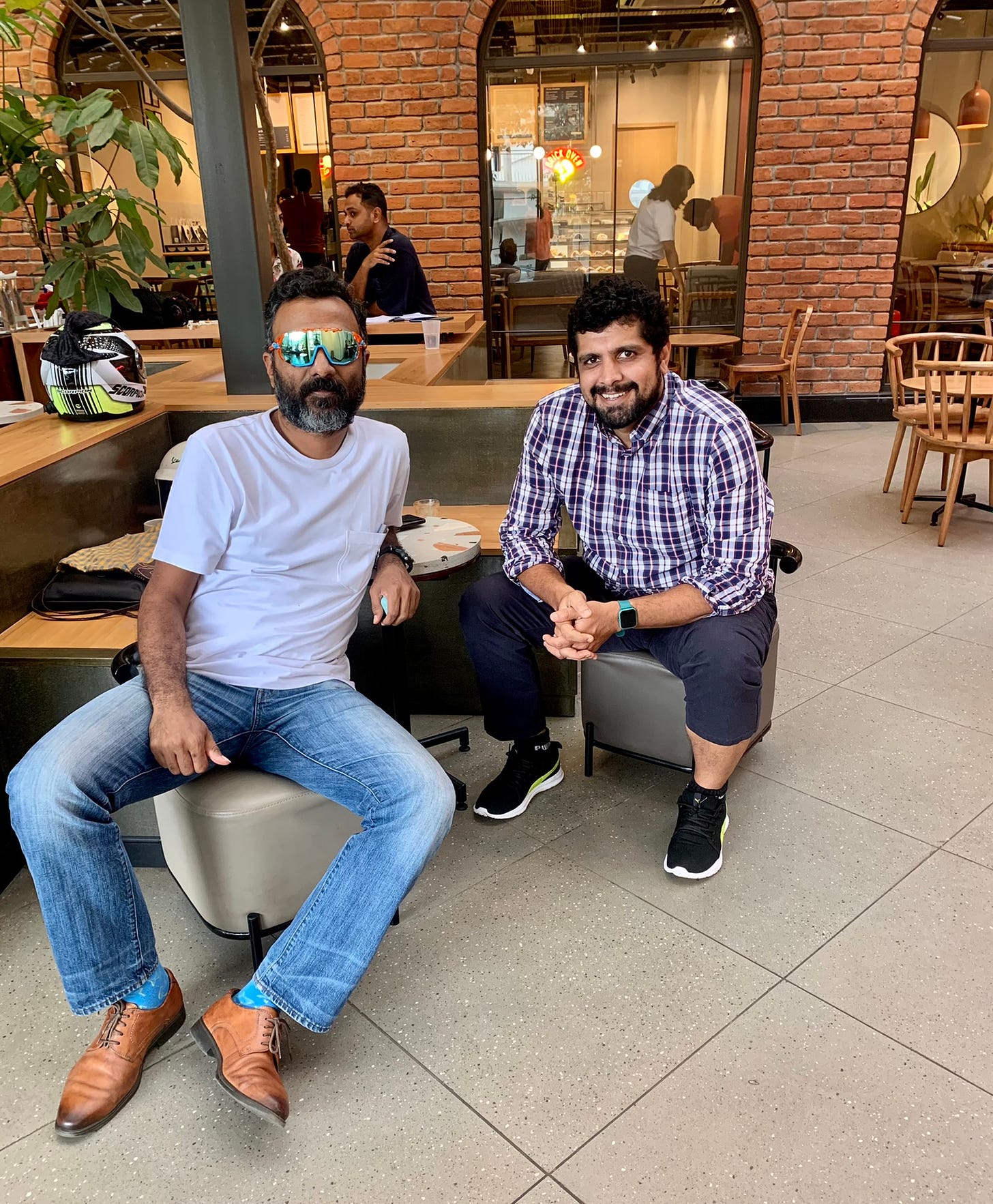
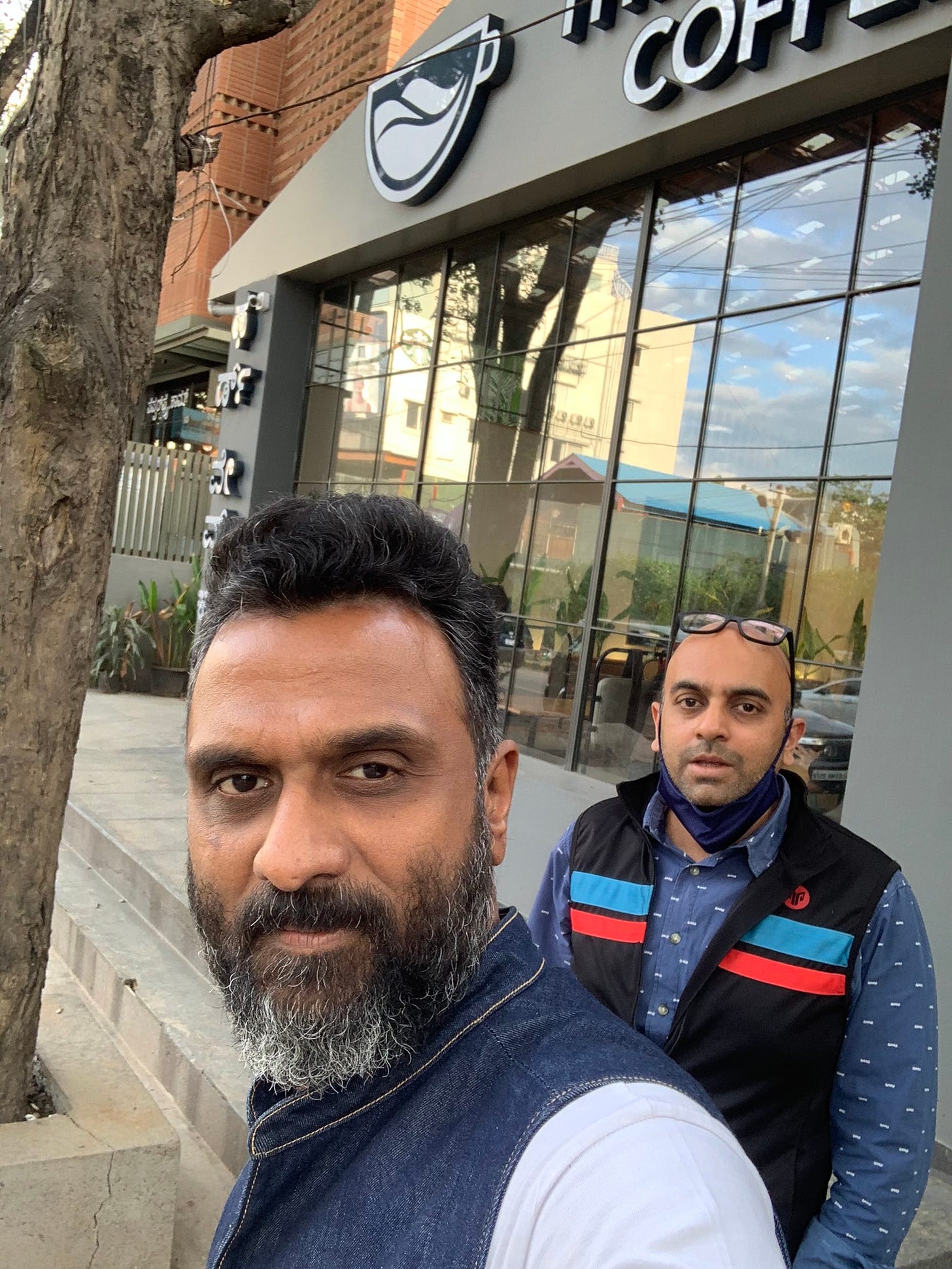
Ramki would definitely wants to visit the place and enjoy the Coffee
Ramki would definitely wants to visit the place and enjoy the Coffee